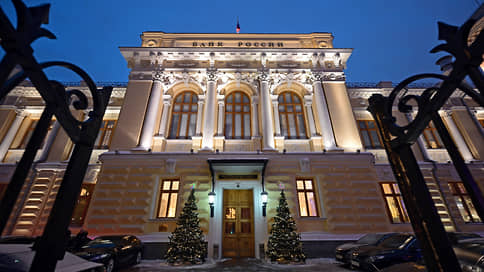The Central Bank sees no reason to soften monetary policy
[ad_1]

In the issue of the bulletin “What Trends Are Saying,” published yesterday, February 6, the Department of Research and Forecasting (DIP) of the Bank of Russia once again records that 2023 ultimately turned out to be noticeably more positive for the economy than analysts initially believed. It is noted that at the beginning of the year the most positive forecast was for slight GDP growth, but then the dynamics of economic activity began to present surprises. Together with a noticeable revision by Rosstat of GDP growth estimates in 2021–2022, the figure by the end of 2023 exceeded the long-term trend (see chart). However, significant revisions in GDP dynamics are an additional challenge when making monetary policy decisions (MP), the Central Bank admits.
Now analysts are not recording a cooling of the economy due to the monetary policy, but only some signs of this (in particular, a decrease in retail lending, an increase in the volume of bank deposits and a decrease in the impact of a positive demand shock on inflation). “However, the increase in the key rate in 2023, in conditions of high optimism and elevated inflation expectations of the population and business, had a relatively less restraining effect on lending activity than in past episodes of significant tightening of monetary policy. Returning inflation to the target requires maintaining tight monetary conditions for an extended period,” the Central Bank’s DIP explains.
They note that in 2024, we can expect a slowdown in the growth of household consumption with faster growth in real wages and incomes, “while there are no opportunities to expand the supply of goods and services at a pace sufficient to meet demand.” The department sees some slowdown in growth and capital investment likely. “However, government orders, preferential investment lending programs for priority sectors and projects, as well as niches in the goods and services market that remain after the departure of foreign manufacturers and suppliers will contribute to the expansion of investment activity,” they argue. Growing demand against the background of a slow increase in output may require maintaining tight monetary conditions “for a long time to maintain a high savings rate and cool pro-inflationary pressure from domestic demand,” the DIP concludes.
[ad_2]
Source link






